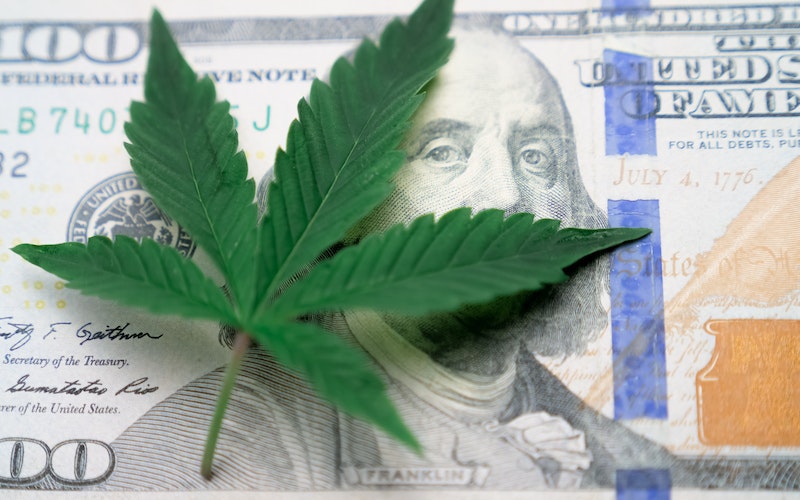“I just want to say one word to you, just one word … Plastics!” This is the phrase Mr. McGuire told a young Dustin Hoffman in the 1967 film The Graduate. His sagely advice applied not only to Hoffman, but to an audience that would soon become the plastics companies’ path to billions of dollars of profits — at great expense to our planet. Hindsight is truly a great gift!
But it is not too late to realize the investment opportunity of hemp. Of the 26 disclosure topics Regennabis reviews when conducting an ESG Materiality Assessment for a cannabis company, with nine identified as being “Material” in the retail vertical, four of the nine can be directly impacted by the type of packaging used by the dispensary owner. These are:
• Product Quality & Safety
• Customer Welfare
• Selling Practices & Product Labeling
• Management of the Legal & Regulatory Environment
It is perhaps understandable then that packaging — and being able to stay on top of regulations pertaining to packaging in the cannabis industry — can present a sizable risk for dispensary-owning cannabis companies. Yet with each risk lies an opportunity.
From a corporate and product branding perspective, being an early adopter of non-petroleum-based plastics (the type now being developed, produced, and manufactured by innovators like Hippo Packaging and Dama Distributing) provides the forward-thinking dispensary owner with a significant opportunity to show their environmental smarts in a market constantly seeking such leadership.
If only hindsight were foresight. Yet, to some, it is! In the U.S., the recent passing of the Inflation Reduction Act (IRA) opens-up a number of opportunities for hemp farmers. Producers can benefit from $370 billion available to help push the economy toward cleaner energy sources.

There are also other carbon-related markets the hemp sector is well positioned to deliver to, such as agriculture, with $300 million being allocated for the National Resources Conservation Service for emissions reduction and carbon capture.
Add to this the recent announcement that hemp building materials have been approved for inclusion in the U.S. residential building code (overseen by the International Code Council), to which the IRA provides tax deductions and credits to convert existing buildings into high-efficiency green buildings, and we can see how this new law will accelerate private sector investment in several innovative and disruptive sectors. We are finally starting to see the potential for capital flows into the hemp sector.
Returning to the issue around packaging, the economic opportunity (both for the incumbents as well as the startups) for hemp as a replacement for petroleum-based paper, packaging, and plastic is substantial. We estimate that by 2030, at a conservative 2% of market share of the three combined sectors, the hemp sector will be a $53 billion business.
If we factor in hemp as a replacement material in other sectors (fuel, food, pharma, etc., at equally conservative market share percentages) the hemp sector could be a near $1 trillion business by 2030. The opportunity for ESG-focused investors is there. Fortune favors the bold. I have a new word for you, just one — hemp!
This article first appeared in Volume 4 Issue 3 of Cannabis & Tech Today.






